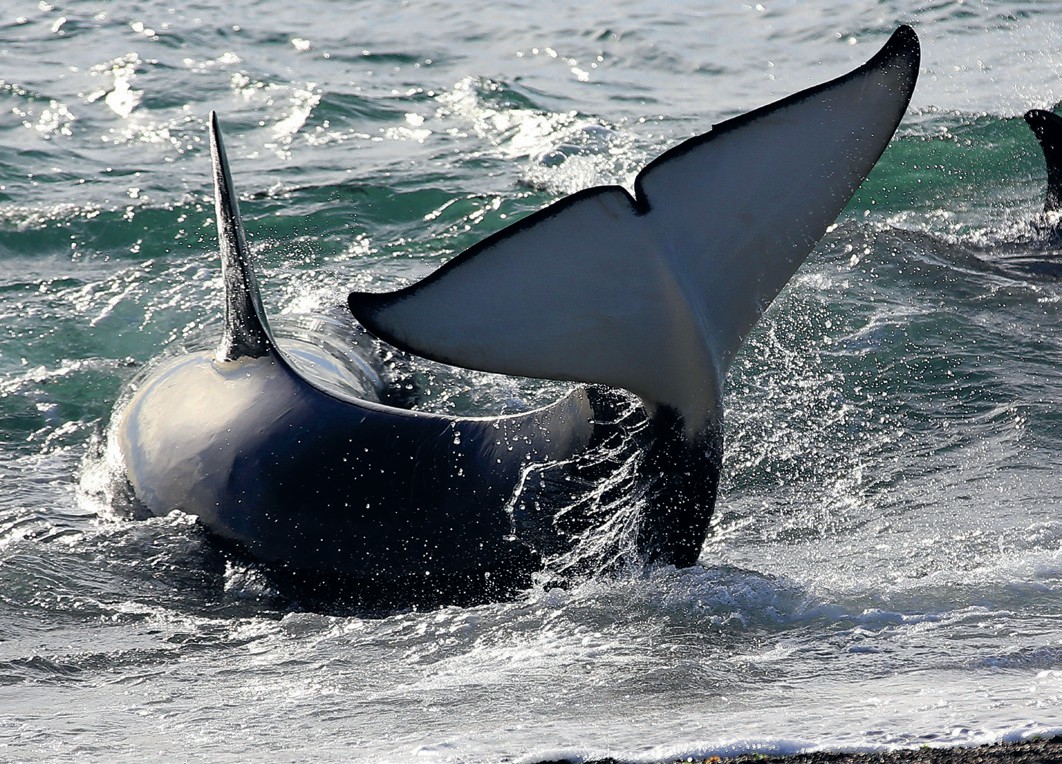
Ancient sailors named orca ‘asesina ballenas’, or whale-killer. This name was eventually flipped to today’s common name, killer whale. The scientific name for these whales also makes reference to this – the generic name Orcinus meaning ‘of the kingdom of the dead’ and orca referring to a kind of whale.
Since Linnaeus formally described them in 1758, orca have been regarded as a single species. Scientists have recently uncovered a surprising amount of diversity among the different orca populations around the world. Many populations of orca have distinct vocalisations, food preferences and hunting behaviours. So in a sense they have their own cultures.
Your organisation does not have access to this article.
Sign up today to give your students the edge they need to achieve their best grades with subject expertise
Subscribe




